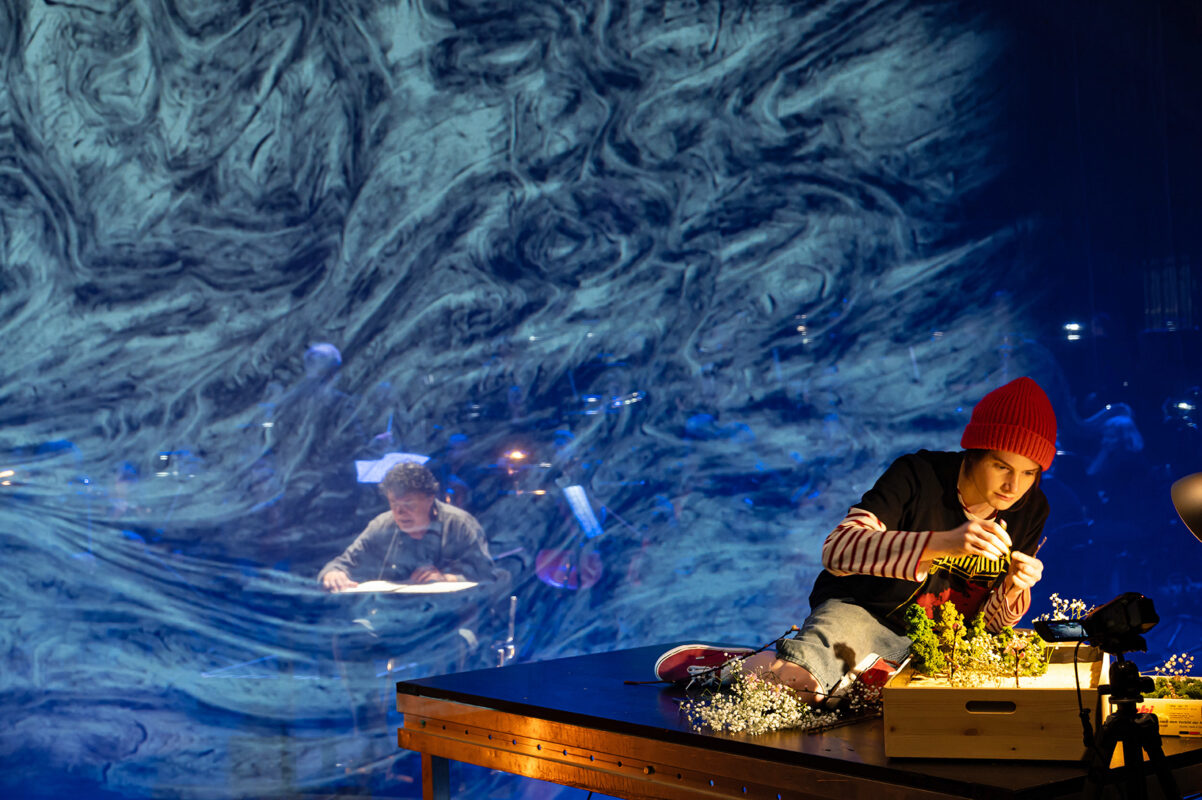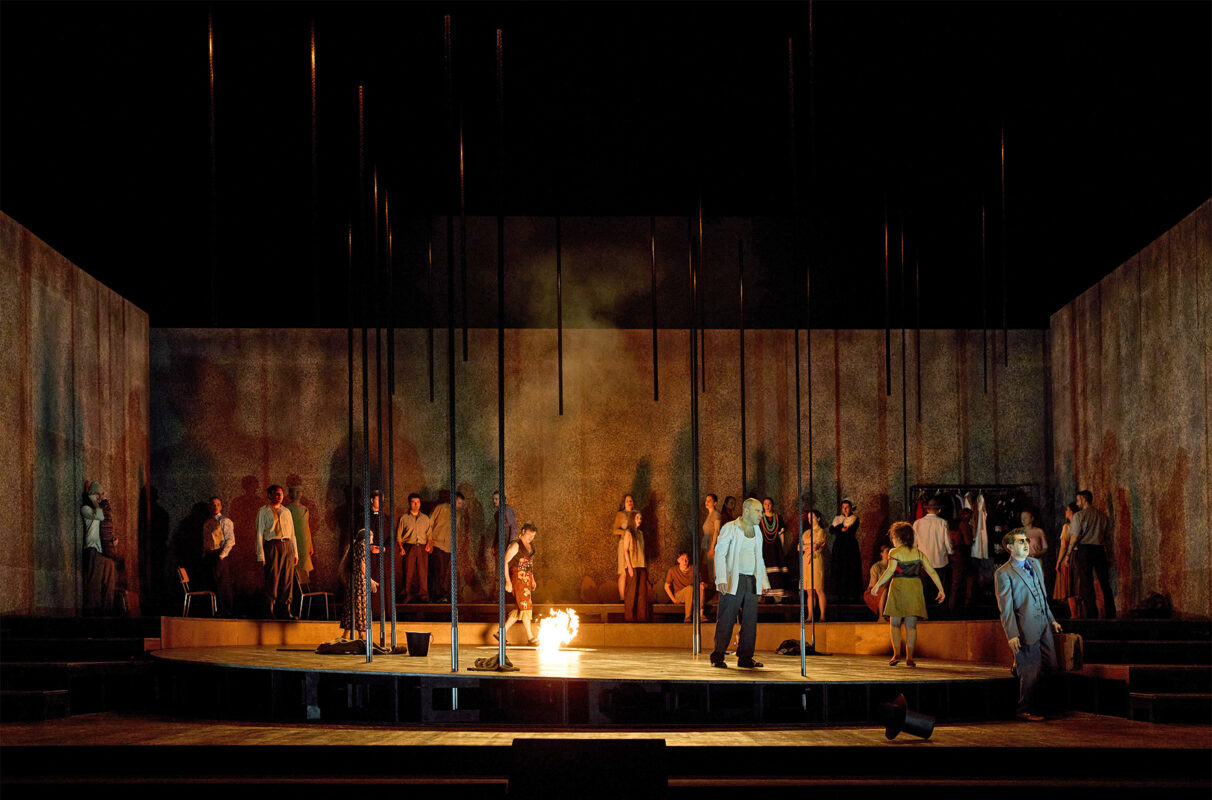Bone flutes, gut strings and vegan Basel drums
Questions about the musicality of animals and our use of animal substances to make musical instruments are at the center of an exhibition that will be on display for another year and a half.

Under the motto "beastly!", four museums in Basel are joining forces for a wide-ranging exploration of the animal world in many cultures. In addition to the Basel Museum of Antiquities and the Ludwig Collection (Animals and hybrid creatures in antiquity), the Pharmacy Museum of the University of Basel (From animal to active ingredient) and the Museum der Kulturen Basel (No culture without animals), the Music Museum of the Basel Historical Museum is also taking part in this major project. Its exhibition in the rooms of the former Lohnhof remand prison bears the ambiguous title The sound of the animals. It applies to music produced by animals themselves as well as music produced by humans with animal materials.
While the first part brings together all kinds of songbirds to make music, the second shows just as impressively how much animal substance there is in musical instruments.
The 16 multimedia stations not only tell you a lot about whale song, animals in classical music and the sound of natural horns, but also about bizarre things. For example, the historical bird organ "Serinette", whose name is derived from the siskin (French: serin), is commented on (editor's note: see article Le serinage des oiseaux by Laurent Mettraux in SMZ 1/2019, p. 16). It was used to teach certain melodies to a songbird trapped in a cage. To encourage birds to sing in general, a recorder called a bird flageolet was used. Of course, there is no lack of animals making music or dancing in the children's room, as numerous exhibits are specially designed for children. The favorite animals in children's songs can be found in small caves.
Conventional and future materials
Animal materials in the musical environment are presented in the greatest detail. It is hard to believe what it took to produce a shellac record: 12,600 Asian lacquer shield lice, tiny creatures barely a millimeter in size, supplied their secretions to produce 15 percent of the shellac used in this historic sound carrier. Less lousy, but still alarmingly large, are the sacrifices required of animals in the production of strings. Twelve thin violin E strings require 29 meters of animal intestine, while a thick double bass string requires the intestines of eight sheep.
Little is known about the profession of parchment maker; unusual things can be seen, such as animal intestines preserved in a jar, a tension frame for the production of strings, mother-of-pearl on a harmonica, tortoiseshell on various instruments and all kinds of animal skins. A vegan Basel drum constructed especially for the exhibition from artificial materials raises hopes of a long overdue reduction in animal raw materials. With this object at the latest, the exhibition encourages visitors to think about animal rights and a new awareness of materials.
Colorful instead of tonal implementation
The oldest exhibit is a Roman flute made from dog bones in Augusta Raurica between 70 and 110 AD. It is not known whether another one made from crane bones produced a more sangable sound, but the amount of ponytail hair needed to string a string bow - around 170 - is a considerable number.
After depressing information about the ivory trade in favor of piano keys and other animal suffering, the last prison cell seems like a cheerful stroke of liberation. Specially designed for children, the colorful room is the final highlight of the exhibition from an aesthetic point of view. The walls are papered with enlargements of sheet music, the title pages of which were designed by renowned artists and graphic designers such as Pierre Bonnard, Clérisse Frères, Fritz Erler and Willy Herzig. The sound of animals in piano pieces, songs, fashionable dances and pop songs from the 1920s unfolds in a muted but artistically polyphonic manner. Among the composers, Reger and Tchaikovsky, Bartók and Benatzky, Jacques Ibert and Richard Strauss stand out. The title pages from the private collection of the Basel graphic artist Jacques Hauser for compositions about a wide variety of animal species call out for a sonic realization. The fringe events each revolve around an "animal of the month". It is hoped that the lectures planned until summer 2022 will be followed by corresponding concerts. (www.hmb.ch).
Isabel Münzner and Anne Hasselmann, in collaboration with the equally imaginative designer Manuela Frey, have curated this extremely informative exhibition with a strong focus on Basel loans and a keen awareness of the environment.
Guided tours and workshops are offered for schools. A dossier for teachers also contains introductions to the topics and questions to be answered in the exhibition. The use of animals and their rights is also included. The accompanying publication, published jointly by all four museums, contains an article by Isabel Münzner, which focuses in particular on the controversial musicality of the animals and the whales' song.








